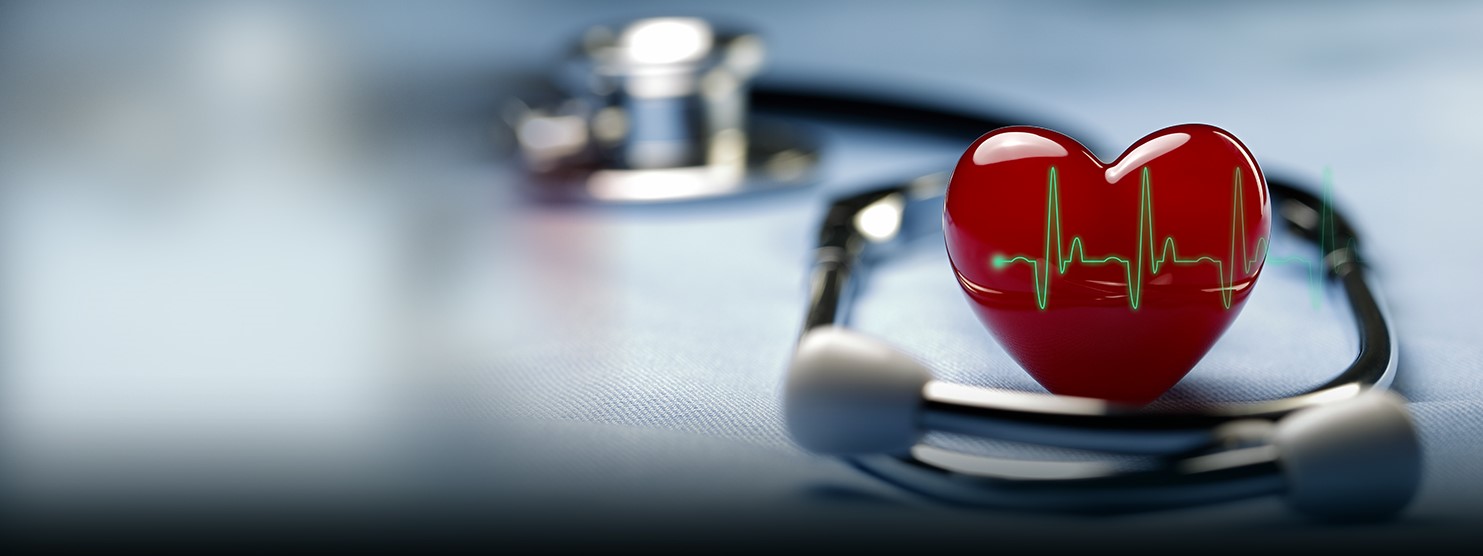
Non-Invasive Cardiology
Dr Mthiyane offers comprehensive, highly advanced, non-invasive cardiac diagnostic procedures that enable him to quickly assess, diagnose, and treat heart problems. These techniques attempt to identify heart problems without using any needles, fluids, or instruments that need to be inserted into the body. Prompt, accurate diagnosis and proper treatment are essential for successful outcomes. Once Doctor has identified your risk factors or existing conditions, treatment can include medications and/or lifestyle changes such as diet and exercise.
Non-invasive diagnostic techniques include:
- Echocardiography - uses ultrasound waves to create images of the heart and surrounding structures.
- Heart monitors such as Holter Monitoring or an Ambulatory EKG - These are wearable heart monitors that record the heart’s electrical activity during daily activities.
- CT scans - CT scans produce images which Doctor can examine for heart disease and clogged arteries.
- Electrocardiogram (EKG / ECG) - Sensors are attached to the skin and it records and monitors changes in heart rhythm, the electrical activity, as well as determining if a heart attack has occurred.
- Chest X-Ray - determines whether the heart is enlarged or if the fluid is accumulating in the lungs as a result of the heart attack.
- Echocardiogram - a hand-held ultrasound device placed on the chest that produces images of your heart's size, structure and motion.
- Cardiac computer imaging - e.g. CT, CAT scan, PET, and MRI scans. They are diagnostic-imaging tests that use computer-aided techniques to gather images of the heart.
- Exercise Stress Test - a monitor with electrodes are attached to the skin on the chest area to record heart function while you walk on a treadmill. Many aspects of your heart function can be checked including heart rate, breathing, blood pressure, ECG (EKG) and how tired you become when exercising.
- Thallium Stress Test - a stress test with images. A radioactive substance called thallium is injected into the bloodstream. When the patient is at their maximum level of exercise pictures of the heart's muscle cells are taken with a special camera.
